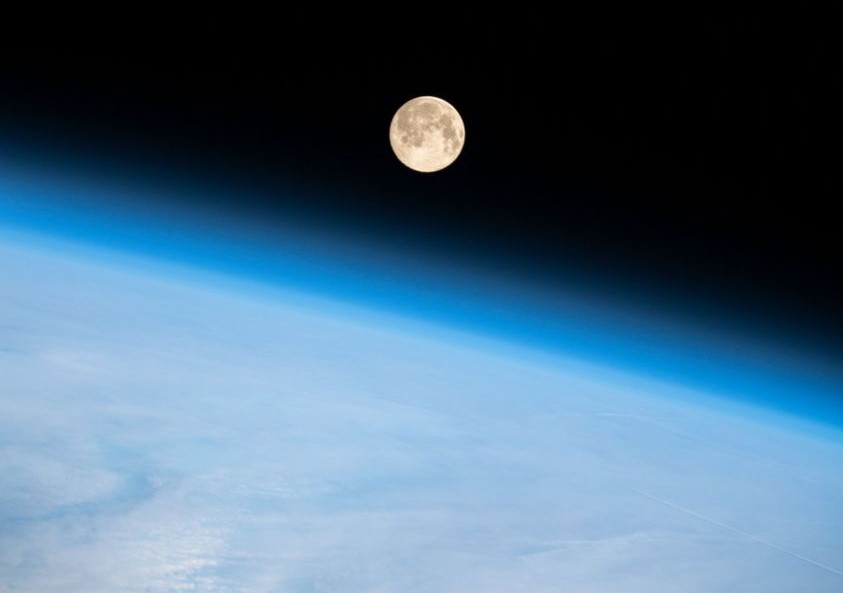
Big tides coincide with ‘Sturgeon’ Moon
HIGH WATER

Most of us across the Douglas Shire weren’t lucky enough to see it because of cloud cover over much of the east coast – but last night’s Super Moon, or ‘Sturgeon Moon’, was a spectacle for some.
The Moon came its closest to Earth early today (about 4.30am) but with the prevailing cloudy and showery weather in many areas including the far north, it was difficult to see it in all its glory.
This first full moon of the month is named the ‘Sturgeon Moon’ for the time of year when the giant fish was once abundant in the United States Great Lakes.
But we won’t have to wait to long for another full Moon. That will be called a ‘Blue Moon’ and if we’re lucky, we’ll see it clearly on August 31.
Of course, it’s not really that colour – but has been named that for decades simply because of the unusual occurrence of a second full moon within one calendar month, and since we already had a full moon earlier on August 2 (today), the August 31 appearance will be a Blue Moon.
With this ‘bigger’ (closer) moon have come higher than usual tides, called ‘king’ tides at this time of year:
Port Douglas King Tides
Tonight: 9.38pm 3m
Thursday: 10.19pm 2.9m
Friday: 11.03pm 2.8m
Saturday: 11.49pm 2.5m
The term ‘king tide’ has no scientific definition; in popular usage it refers to any high tide well above average height.
A popular concept is that the king tides are the higher tides occurring predominantly around Christmas time. But equally high tides occur in the winter months – these are at night and not as obvious as those at Christmas which generally occur during the day.
In a lunar month the highest tides occur at the time of the new moon and full moon when the gravitational forces of the sun and moon are in line. These are called spring tides and they occur about every 14 days.
During normal weather conditions, the height of the king tides will be similar from year to year. However, in abnormal weather conditions (severe storms or cyclones) the low air pressures and strong winds at these times can elevate the sea level above the expected height.
Thank you!
Newsport thanks its advertising partners for their support in the delivery of daily community news to the Douglas Shire. Public interest journalism is a fundamental part of every community.
Got a news tip? Let us know! Send your news tips or submit a letter to the editor here.
* Comments are the opinions of readers and do not represent the views of Newsport, its staff or affiliates. Reader comments on Newsport are moderated before publication to promote valuable, civil, and healthy community debate. Visit our comment guidelines if your comment has not been approved for publication.
